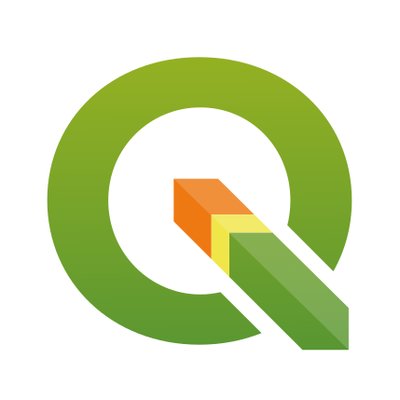What is GIS?
A geographic information system (GIS) is a computer system for capturing, checking, and displaying data related to positions on the Earth's surface. By relating seemingly unrelated data, GIS can help individuals and organizations better understand spatial patterns and relationships.
Where do I start?
There are many GIS programs out there, and every option has its pros and cons. The resources on this page have been selected for their excellence and rated by their strength, breadth of reach, cost, and accessibility. If there is something you would like to see or if you have questions about how to use these resources, please reach out to casel@iu.edu. Other IU resources related to GIS are listed at the bottom of the page.





